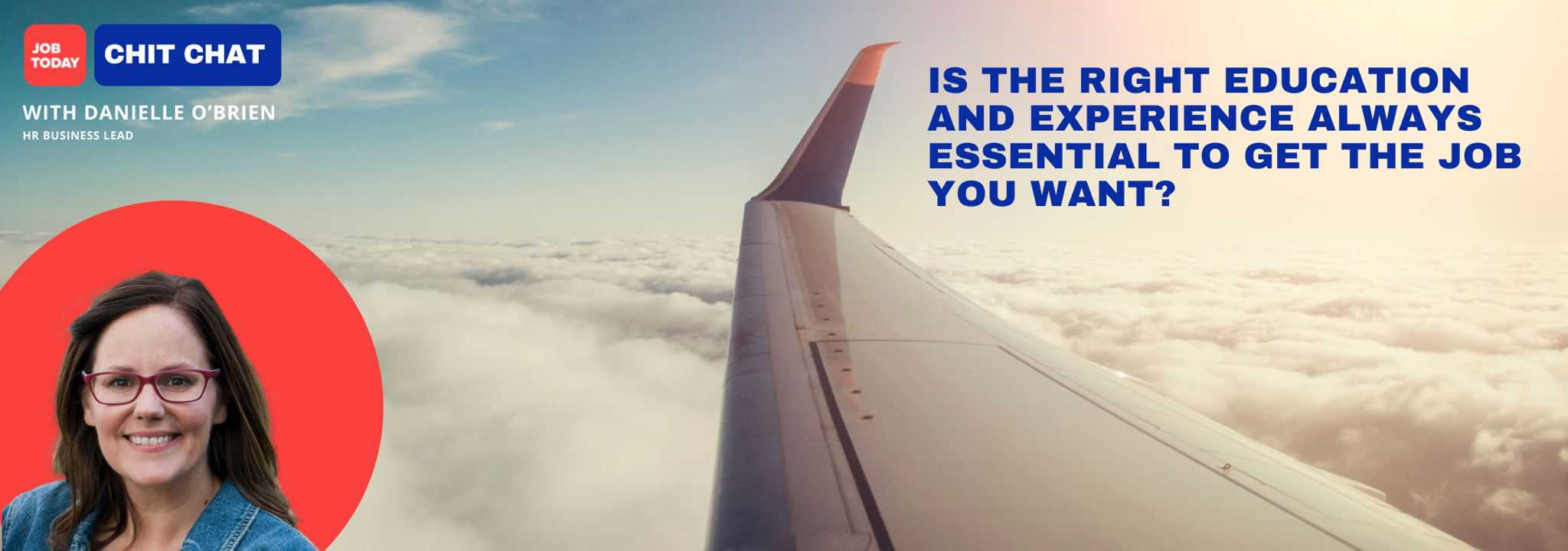
How to Ease Your Onboarding Process for Your Hospitality Staff
Phew! After a lot of effort and advertising, you’ve managed to locate the ideal candidate for your hospitality business.
Your work is over…or is it just the beginning? Mate, it’s all about the onboarding process now.
Here is why your onboarding process is super important:
High Employee Turnover Rate
According to a study conducted by Deputy, the UK hospitality industry has an employee turnover rate of approximately 30%. You may be surprised to know that this is twice the national average and is forecasted to exacerbate after Brexit. The good news is that your recruitment processes can prevent high staff turnover. The participants quoted lack of career growth, unsocial working hours and low compensation as the trio of major reasons for leaving or switching jobs.
Uh oh..you do not want to go through the hassle of an entire hiring cycle all over again, right? An inefficient onboarding process can create poorly trained employees that can lead to bad customer experiences.
How, you ask?
Discontented Employees & Customers
Imagine that you own a successful Italian restaurant right in the heart of Shoreditch. You’ve hired a young waiter by the name of Jack and he’s hit the ground running. His journey with you starts on a busy Saturday afternoon shift. He’s not familiar with your restaurant’s operational tactics such as the ordering procedures, invoicing systems etc. He has not conversed with any of his colleagues as yet at the restaurant and hence, he’s not comfortable asking for guidance. He’s not even sure who his direct boss is. Jack gets late in taking orders from one table and gets it wrong as he is not familiar with the menu. These mishaps begin to build up over his first shift and eventually- those customers he served depart unsatisfied.
Sure, this is a normal scenario in busy restaurants with high foot traffic. However, those unhappy consumers may take to social media to vent their unfavorable thoughts regarding your restaurant. After undergoing a limited number of shifts, Jack also decides to quit and leaves his disgruntled opinion on Glassdoor and other employee review websites.
This may turn away future talent from applying to your establishment and end up costing you alone. To avoid this, let’s make sure your onboarding process is not only beautiful but seamless as well.
How can you achieve this? To make your onboarding process simpler, you can divide it into the following three stages:
- Preboarding: from the initial interview to the offer of employment till the new employee walks in through your door.
- Induction: this includes your new worker’s first week and month
- Continued onboarding: lasts till your employee reaches full working productivity (about two to six months approximately)
Preboarding
No matter which sphere of hospitality you operate in, you’ll want the best staff ever: be it bar staff, hotel staff or restaurant staff. Hence, you’ll want to give off a great impression about your hospitality business. This starts off from before the interview even. Make sure you post a great job advertisement that clearly outlines the role. Sharing maximum details could reduce the number of no-shows to your interviews and save your precious time.
Interview Interaction
Your interview with the candidate will be his first interaction with your employer brand. You should ask questions focused on finding if he’s a great fit or not for your business. Here are some quick examples:
- Share an experience where a customer was unhappy with your service. How did you handle it?
- Why do you want to work in the hospitality industry?
- How do you manage conflict with your colleagues?
- How do you see yourself as a team player?
Take your time in explaining the details of the opportunity and share any menus, check lists, work policies etc that you have. Observe the level of interest they show in the conversation as that will reflect just how excited or motivated they are in working with you. Also, as you’ll have communicated your expectations right from the start, your candidate will know what’s in store if he joins you.
Welcome Email
Once your candidate has accepted your offer and a starting date has been agreed upon, send them a welcome email with any additional information such as your employee handbook, organisational chart, work policies, dress code and time/place/date of reporting. Ask them to share a few lines about themselves that you can forward to your existing staff to prepare for his joining.
Prepare Your Staff
Send his introduction to your current workforce so they have some insights of who is joining. Go a step further and share his resume along with his job description. Suggest to your employees to schedule one-to-one meetings with him to smoothen the working transition both ways.
Induction
When D-day arrives, remember that your new joiner will be a tad bit nervous about making the right impression on their first day. There are a few things you can do to ease those nerves and kick-start them into working gear:
Assign a buddy
From pointing out where the bathrooms are, how to make coffee and introducing them to the rest of the team- having a buddy for the first few days can make a positive difference in your employee’s work experience. Ideally, this should be a colleague who will work closely with them or could be his reporting manager only. Do not forget to take them out to lunch!
Training/Shadowing
Prepare and schedule a small training plan beforehand to ensure that the new employee is able to truly get a grasp of working procedures and any software/technology used internally. Equipping him with knowledge, encouraging him to ask questions and providing feedback as you go along will not only boost his motivation but will get him ready to take on the job more independently in a shorter frame of time. This will leave your hands free to focus on your business and your customers.
If you don’t have the time to personally oversee every aspect of training, you can assign a senior staff worker to be shadowed by your new employee. Make sure your senior staff member is open and comfortable to the idea. Offer a small incentive and encourage his participation.
Continued Onboarding
There will be a bit of a learning curve till the time your new staff member is able to autonomously perform their duties. By keeping a constant check and getting two way feedback, you can shorten this time period. Also, try to keep providing growth and training opportunities to maintain employee morale and motivation. Such incentives will ensure an incredible, consistent onboarding process and will also address the roots (low pay, low career aspects etc) of a high staff turnover in the local hospitality industry and help you avoid any problems.
Ready to start hiring? Download the JOB TODAY app now and find your dream candidate in under 24 hours!



